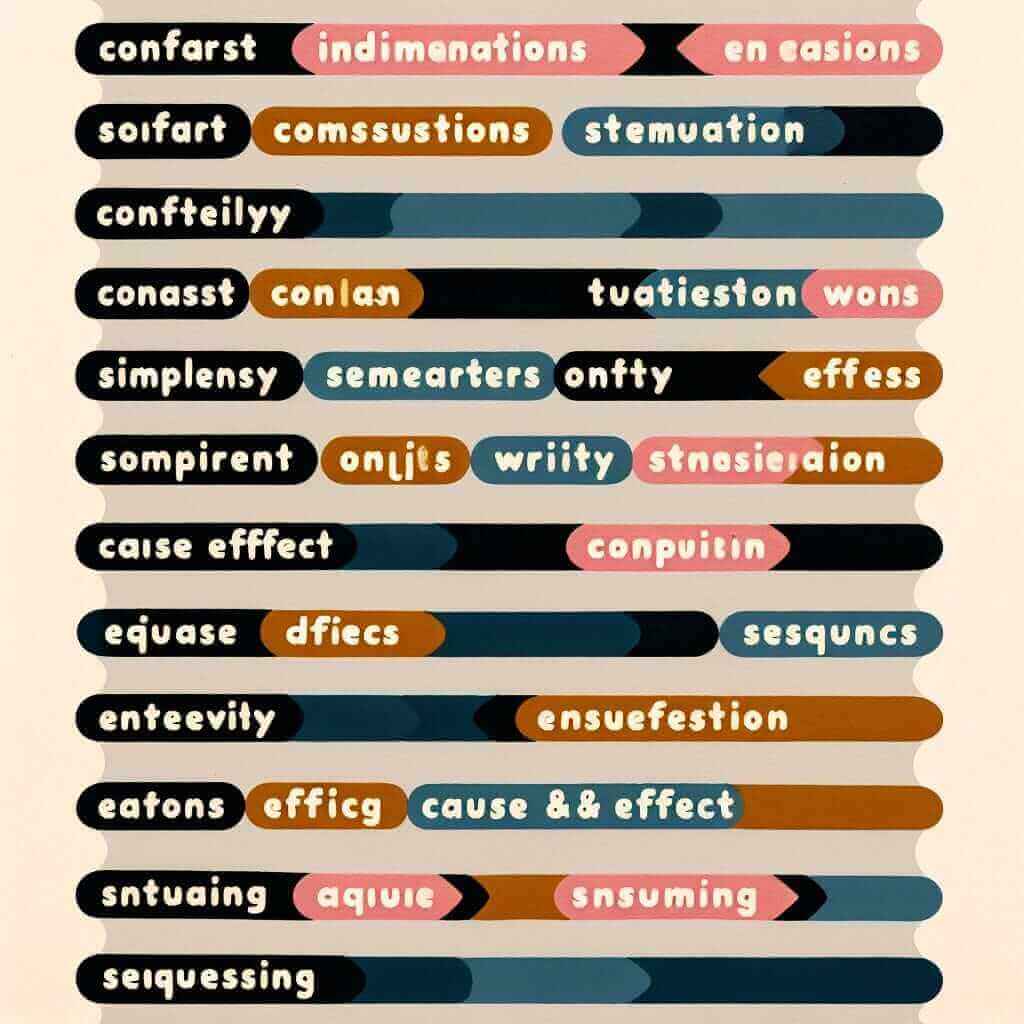“Likewise” is a useful transition word that demonstrates your ability to connect ideas smoothly and logically, a skill highly valued in the IELTS writing exam. Using “likewise” appropriately can help you achieve a higher band score by showcasing your command of cohesive devices and sophisticated vocabulary.
Let’s look at some examples of how “likewise” can be used in different sections of the IELTS writing exam:
Example 1 (Task 1 – Describing Trends):
“The consumption of chocolate saw a significant increase in the UK, rising from 10% to 25%. Likewise, sales of confectionery products in Germany experienced a notable upward trend.”
Analysis: Here, “likewise” effectively draws a parallel between the rising consumption of chocolate in the UK and a similar trend in Germany, enhancing the coherence and flow of the description.
Example 2 (Task 2 – Expressing Opinions):
“Some argue that technology fosters isolation. Likewise, excessive screen time can negatively impact social skills and interpersonal relationships.”
Analysis: In this example, “likewise” strengthens the argument by presenting a supporting point that echoes the initial statement, showcasing a good command of discourse markers.
Understanding “Likewise”
“Likewise” is an adverb that means “in the same way” or “similarly.” It is used to introduce a point that is similar to or supports a point that has just been made. This word is particularly useful in the IELTS writing exam, where you are often required to compare and contrast ideas, present arguments, and draw parallels between different pieces of information.
Using “Likewise” in Your Writing
Formula:
Independent Clause 1. Likewise, Independent Clause 2.
Explanation:
- Independent Clause 1: This is a complete thought that can stand alone as a sentence.
- Likewise: This transition word connects the two clauses, indicating similarity.
- Independent Clause 2: This is another complete thought that echoes or supports the first clause.
Application:
You can use “likewise” in various ways to create cohesion and demonstrate a wider range of vocabulary:
- Task 1 (Describing Graphs/Charts/Diagrams): Use “likewise” to compare similar trends or patterns. For example:
- “The production of coal declined steadily from 1980 to 2000. Likewise, oil extraction experienced a similar downward trend during this period.”
- Task 2 (Presenting Arguments): Use “likewise” to introduce a supporting argument or example that reinforces your previous point. For example:
- “Education empowers individuals to make informed decisions. Likewise, access to reliable information is crucial for a thriving democracy.”

Mastering Cohesion: Alternatives to “Likewise”
To further enhance your writing, consider these alternatives to “likewise,” each offering a slightly different nuance:
- Similarly
- In the same way
- Correspondingly
- By the same token
Remember to choose the most appropriate transition word based on the specific context and the relationship between the ideas you are connecting.
Common Errors and How to Avoid Them
Error 1: Using “likewise” when the ideas are not actually similar.
Incorrect: “She loves reading classic literature. Likewise, he enjoys watching action movies.”
Correct: “She loves reading classic literature. In contrast, he enjoys watching action movies.”
Error 2: Using “likewise” too frequently, leading to repetition.
Tip: Vary your language and use synonyms for “likewise” to maintain reader interest and demonstrate a broader vocabulary.
Conclusion
Mastering the use of “likewise” and its synonyms will undoubtedly strengthen your IELTS writing. By employing this versatile transition effectively and avoiding common errors, you can enhance the clarity, flow, and sophistication of your writing, ultimately boosting your band score. Remember to practice incorporating “likewise” into your writing to improve your fluency and confidence.